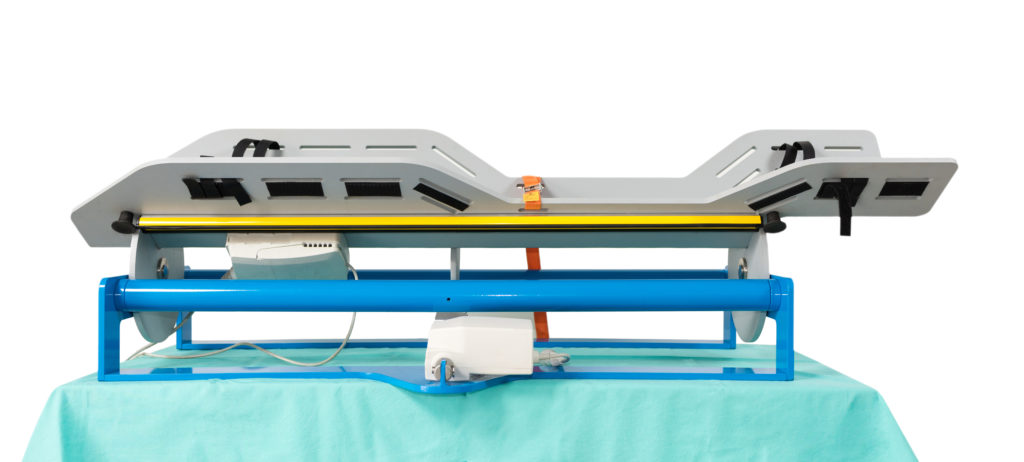How the project began
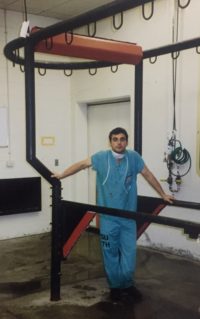
In 1999 as a busy occupational veterinary surgeon who is doing engaged in the equine sector, I participated in a theoretical/Practical training course on equine laparoscopy at the veterinary teaching hospital (VTH) of the Colorado State University equine surgery department.


I was fascinated by the images of the abdomen of the horse that appeared to be on the monitor, and from that moment my interest in minimally invasive surgery took possession of my focus continues to arouse admiration and interest in any possible application of minimally invasive surgery in any species. In 2012, 13 years after my first experience with laparoscopy, I was determined to develop the psychomotor coordination of the eye – brain– hands access necessary for the laparoscopic surgical movements (Key Hole Surgery) in the field of small animal surgery. As with the equine of course, I went in search of a specific training course for small animals with the main purpose of discovering the application of minimally invasive surgery, with respect to the equipment in my possession, for small animal procedures. I needed to know what was necessary and indispensable with regards to instrumentation for surgery in companion animals. I was fortunate to find a one-day course (one of the first replace in Italy) where I found the information I was looking for. One very valuable piece of information was the need to have a table with lateral rotation of the patient to not only speed up surgical times but also facilitate the tasks of the surgeon to minimize unnecessary movements as well as protect the abdominal organs. The rotating table along with abdominal distention carried out with carbon dioxide are the two best options to create a workspace in a virtual cavity otherwise impossible to explore. The Internet was a great support in this endeavor. I looked add many companies we’re dedicated to veterinary practice. During my evaluation I saw a video show the existence of a rotating table produced abroad and not marketed in Italy. The available table had many limitations with respect to the needs of myself and other colleagues involved in small animal minimally invasive surgery.
This gave rise to the idea of creating a homemade rotating table so my needs as well as for those colleagues who had a current surgical table and we’ll only need to purchase the rotating support table. The first product involved a mechanical thrust movement with cables and a double hydraulic piston along with two rotating hinges by which the rotation of occurred.
Not very happy with steel cables, I moved to an electric cylinder system that required only one rotational locking point in the center of the table, and three hinges around which to rotate. The three hinges were important to prevent deformation and stresses of higher weights that would not allow solid blocking of the table in predetermined positions.
The first phase of construction and prototyping of the table involved a turner, an electric technical craftsman for the electric piston and the foot pedal. As flex topic intervention on small animal patients increased, the need for safety and speed has increased. There is also less staff available in the operating room during the surgical procedures. I was not satisfied with the aesthetic for functional results of the first prototype I began looking for alternative solutions. I immediately realize the need to have a table that was light but still provided robust support and had dimensions suitable for subjects with an average body weight above 65-70 KG.
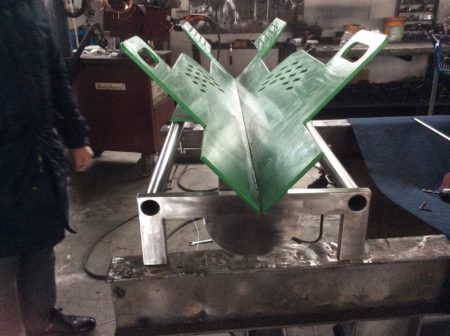
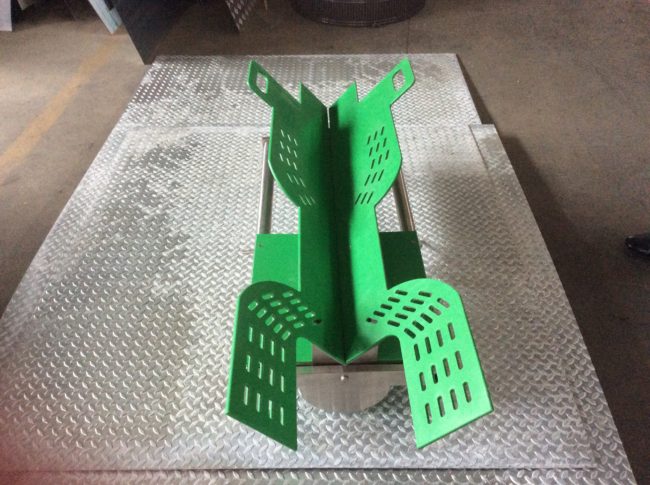

preexisting orthopedic surgery table

positive profile

panoramic view of the proper position of the rotating positive profile support on the surgical orthopedic table

First Model

Second model

Double Piston

hinge and pre-existing position holes
Along with suggestions of colleagues who have the opportunity to try my first rotating table and others produced in Italy, it became essential to increase the Safety during rotation while maintaining the sterility of the surgical field.
I immediately thought of creating a piston system, (technically a “linear actuator”) with paddle activation.
The next step in the final design taking required the help of a mechanical engineer who, in addition to designing the entire project, helped me for safety certification purposes. The table required an electronic system to prevent crushing of the operator’s hands. An electrical engineer and I took inspiration from the ribbed system of automatic gates to construct sensitive bars and a specific electronic control unit that would provide a safety shut off system in the linear actuator.
From there into prototyping phase we realized that production standardization would benefit from having the sTs support in two versions, (flat base and positive profile).
At the same time becomes necessary, is not essential, to make oneself known. With the creation of this website I am attempting to fill this void, creating visibility and dispersal of the rotating surgical table called the sTs (… from “side to side”, “from one side to the other”). I still realize that the best way to advertise, at least from they qualitative perspective, remains the word of mouth. In the future, other products have planned for veterinarians, hence the “vetxvets” logo with the slogan “From a Veterinarian for Veterinarians”, transforming a simple need into a goal without limits.
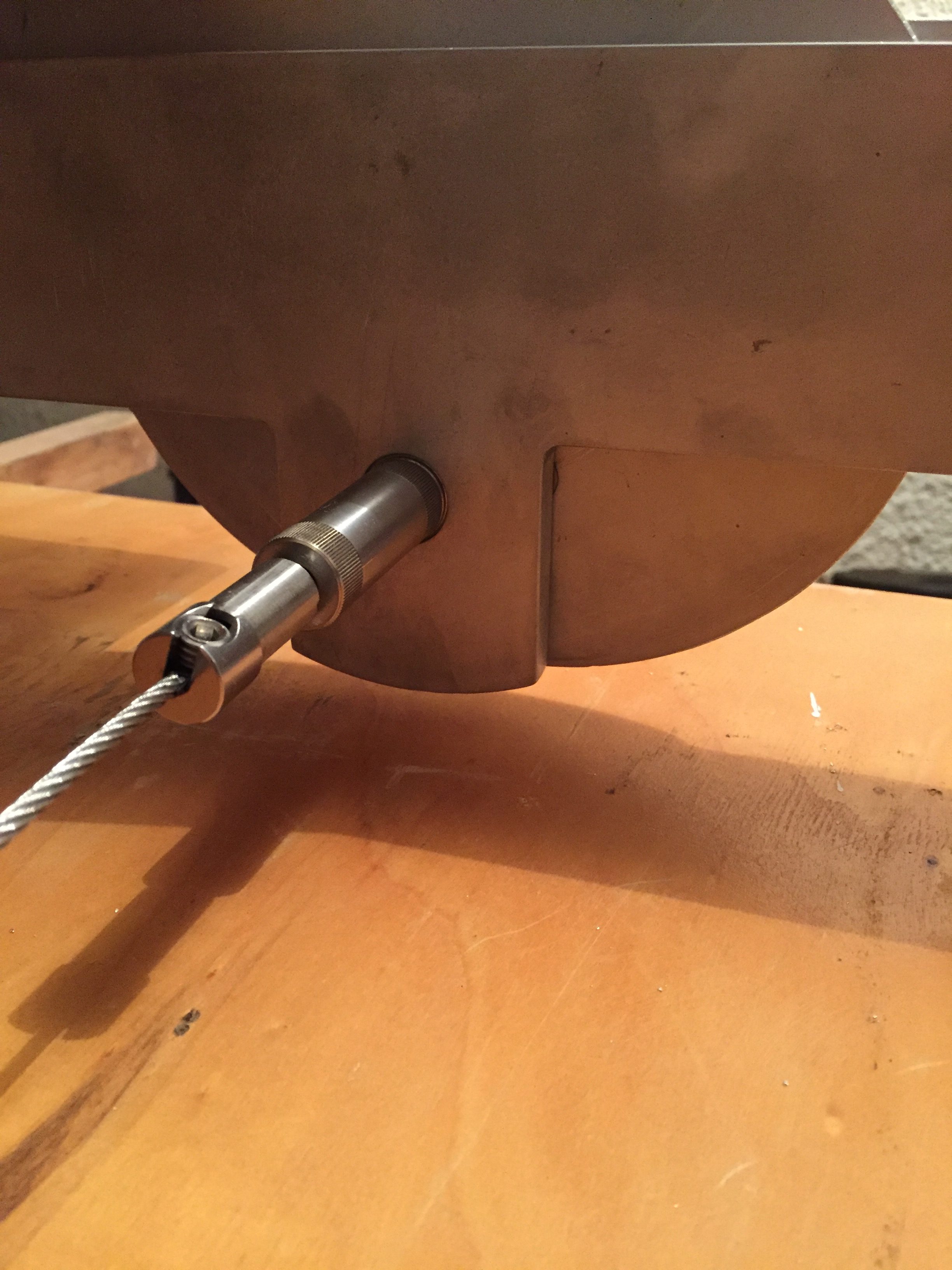
piston position to lock/unlock the rotation
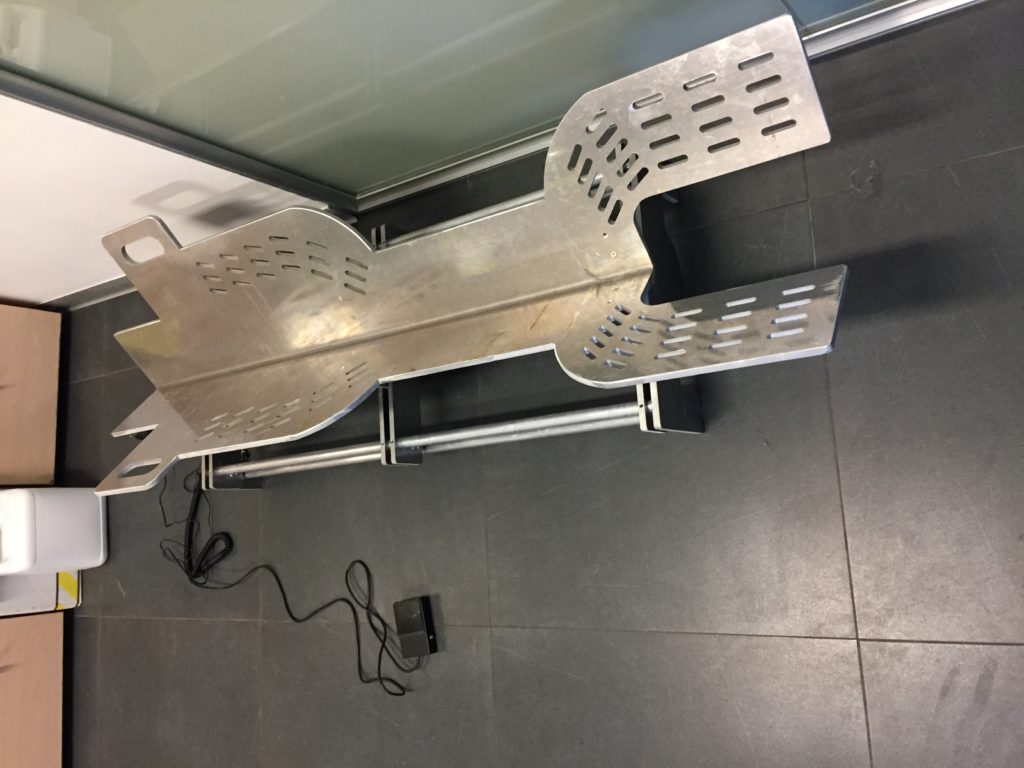
third version

third version with foot-switch
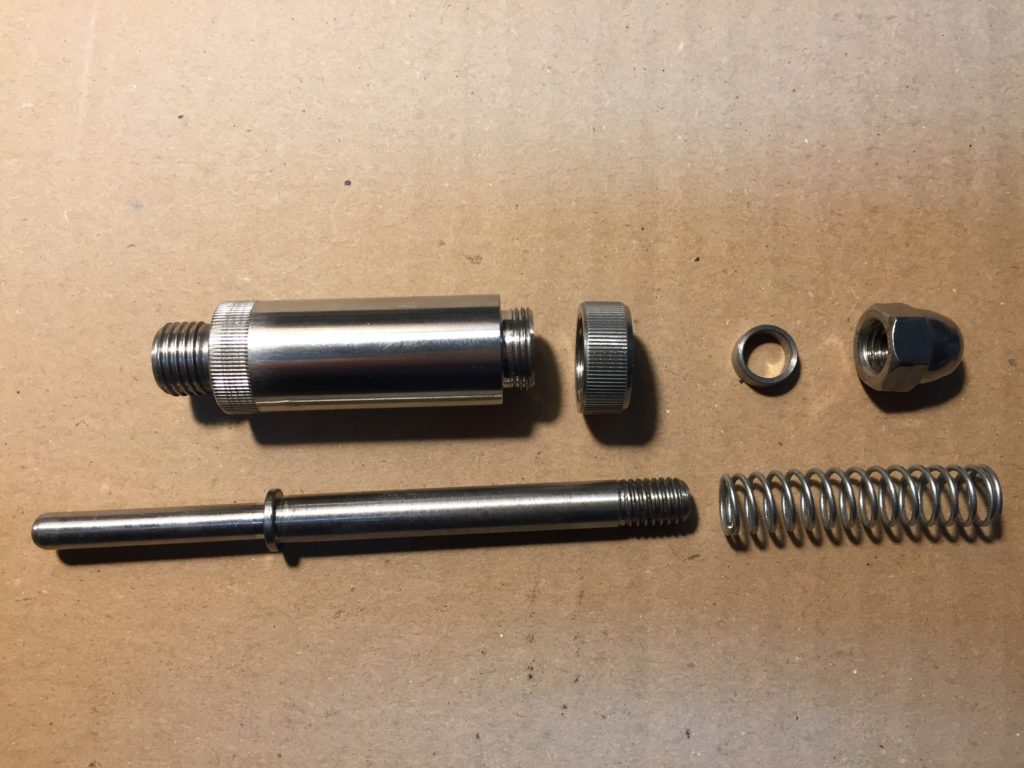
singol parts mechanical piston
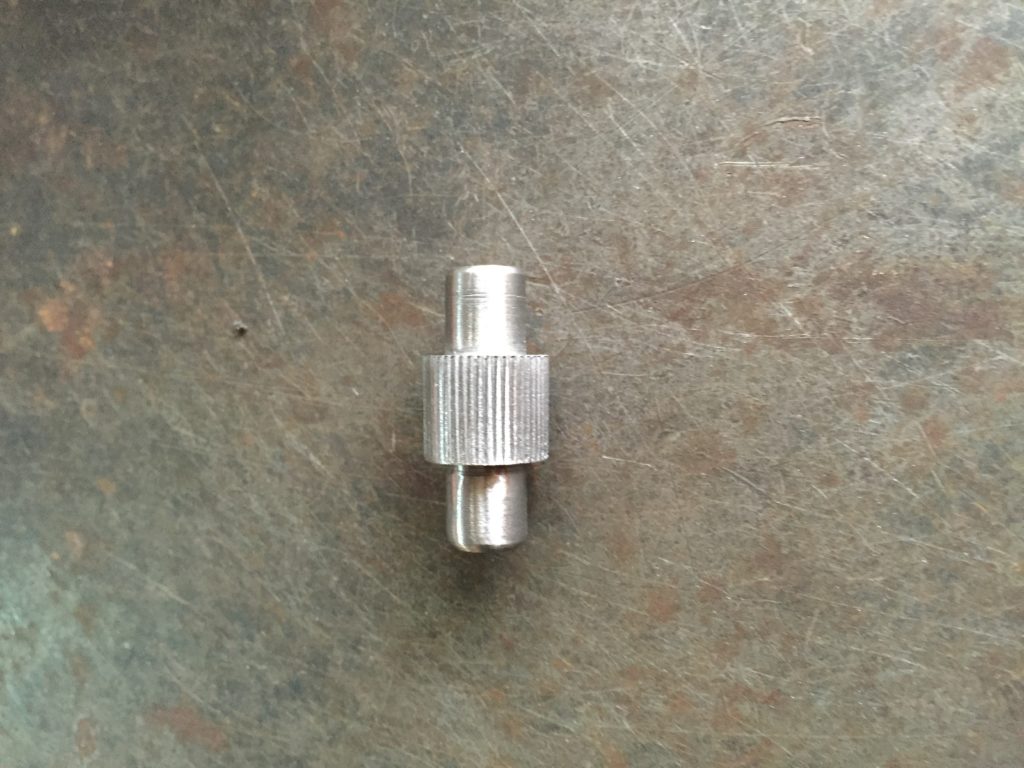
hinge
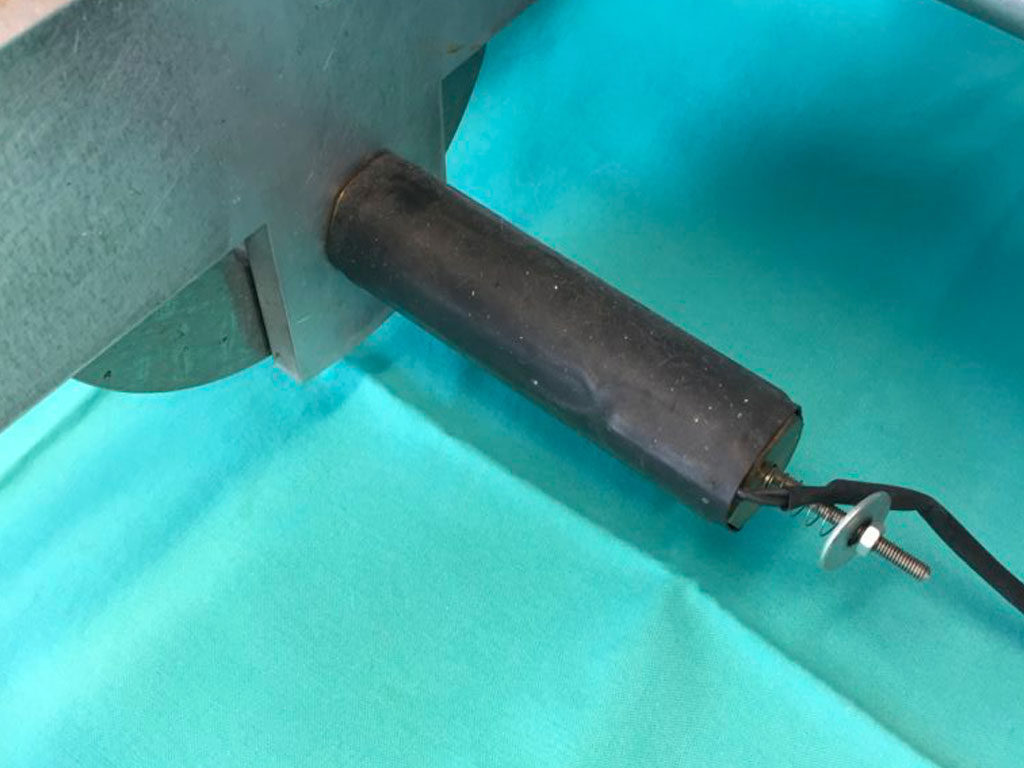
elettric piston

foot-swich
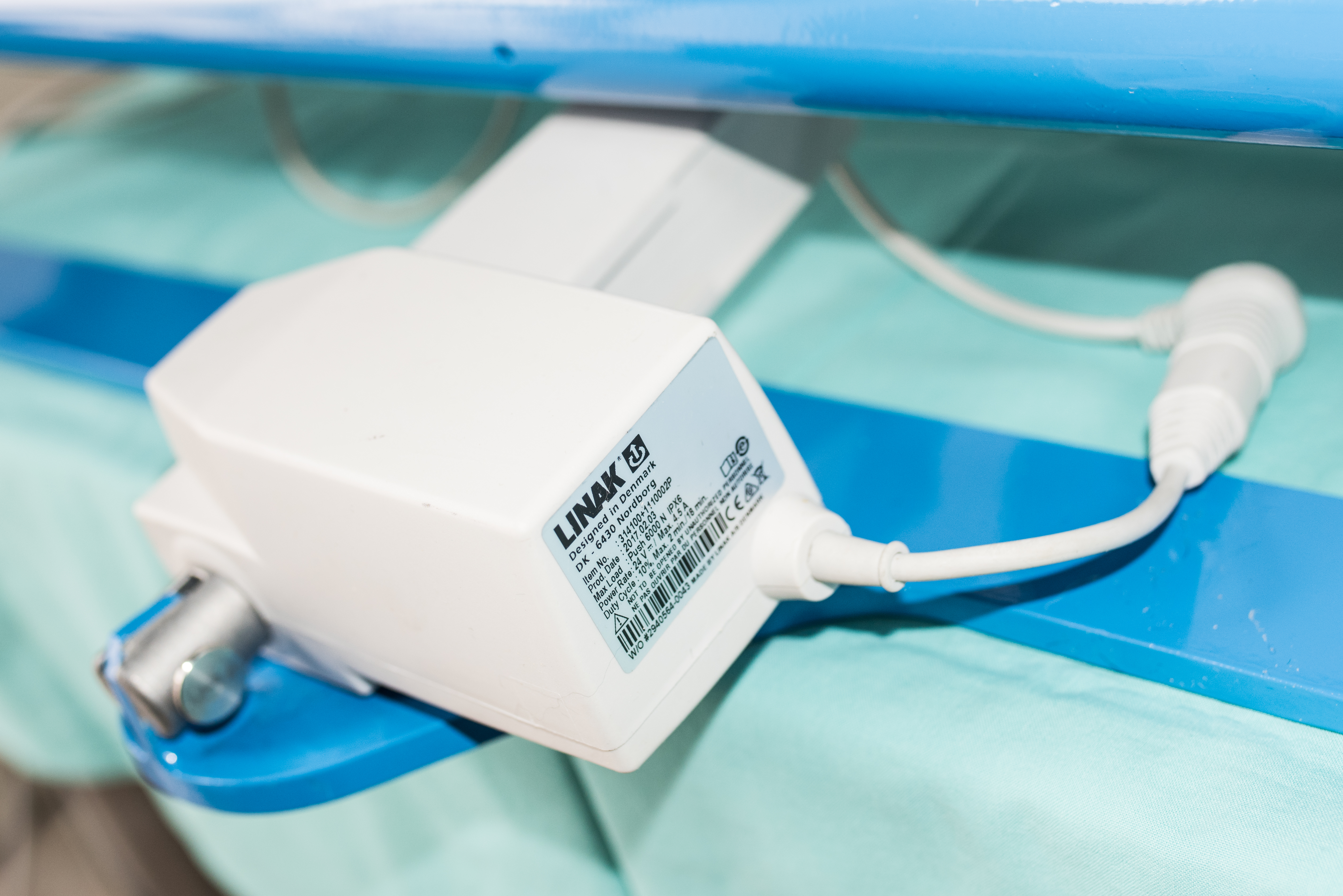
medical series linear actuator
OUR MISSION
The desire to develop equipment based on the needs of common veterinarians is the driving force of this project where our mission is to meet the needs of veterinarians.
There are daily requests for increasingly specialized and highly professional services. Therefore, taking advantage of the feedback received from daily practice, I have tried to adapt this project while exploiting my experiences in the field. I strive to comply with ergonomic standards, a careful qualitative evaluation of materials, attention to detail and the aesthetics of the products, while maintaining cost containment. The economic investments is directly proportional to the professional needs to which we, as veterinarians, are called to perform.
Animal owners have a strong emotional tie with their pets. They entrust their pets to us and expect highly specialized professional services. This requires us, despite the economic crisis, to continue investing in terms of training and equipment to keep us at the forefront of veterinary skills and procedures. The owners themselves readily face the important costs for their beloved animals in order to provide for them excellent conditions and a vibrant quality of life, just like the other members of their own household.
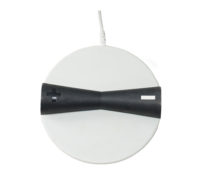
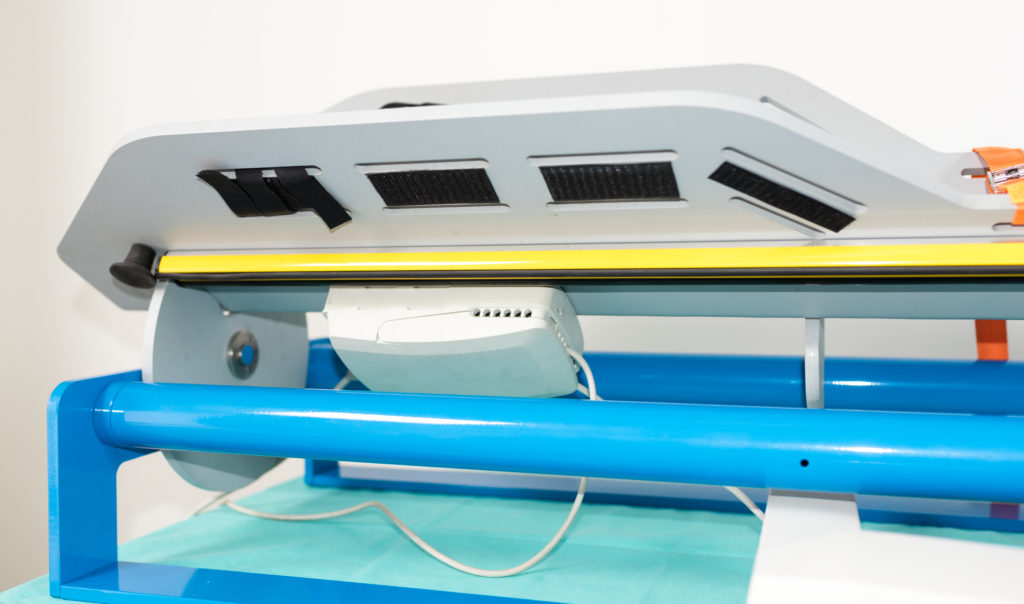
left electric sensitive bar
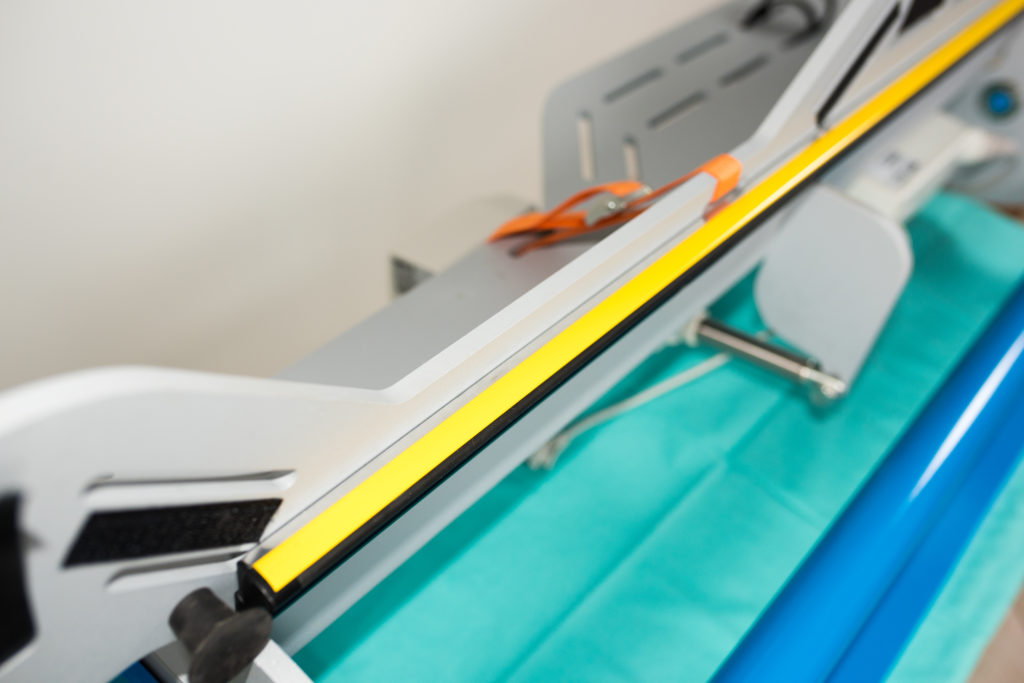
right electric sensitive bar
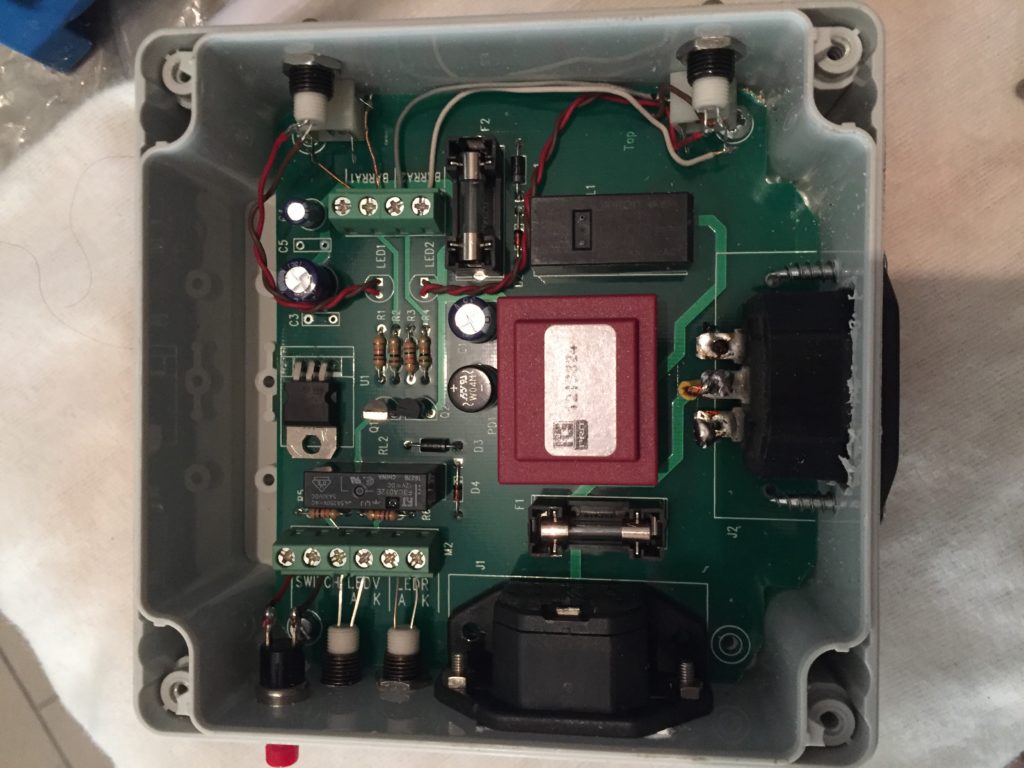
elettronic control-unit for safety system
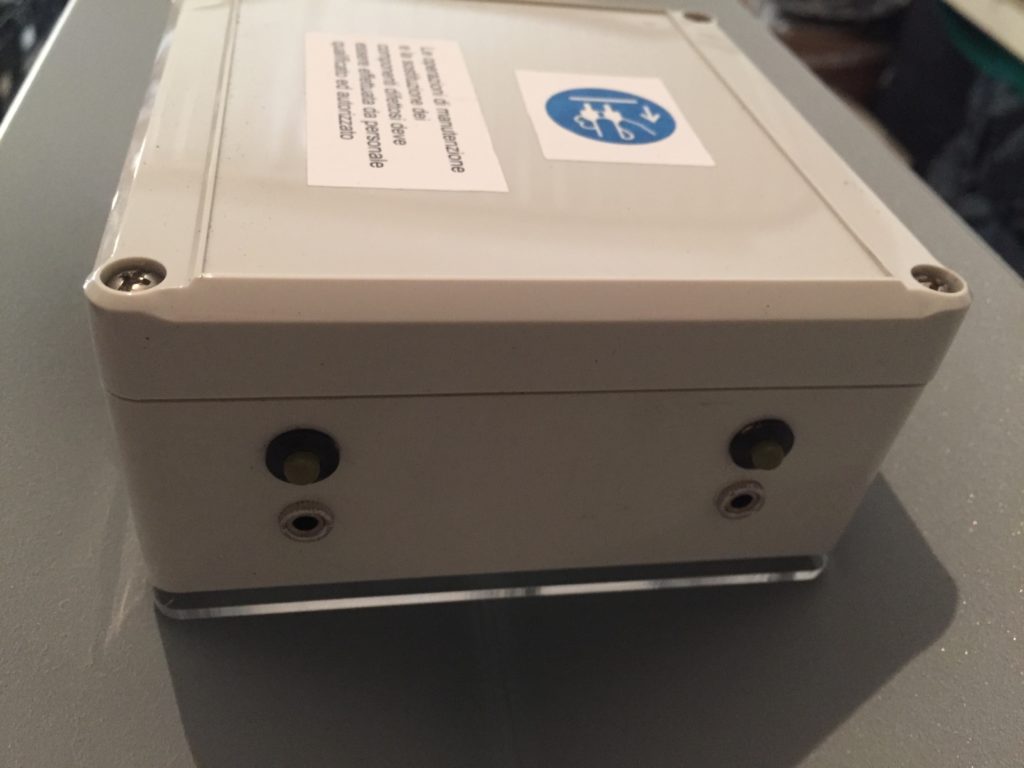
overall view control-unit
Positive profile
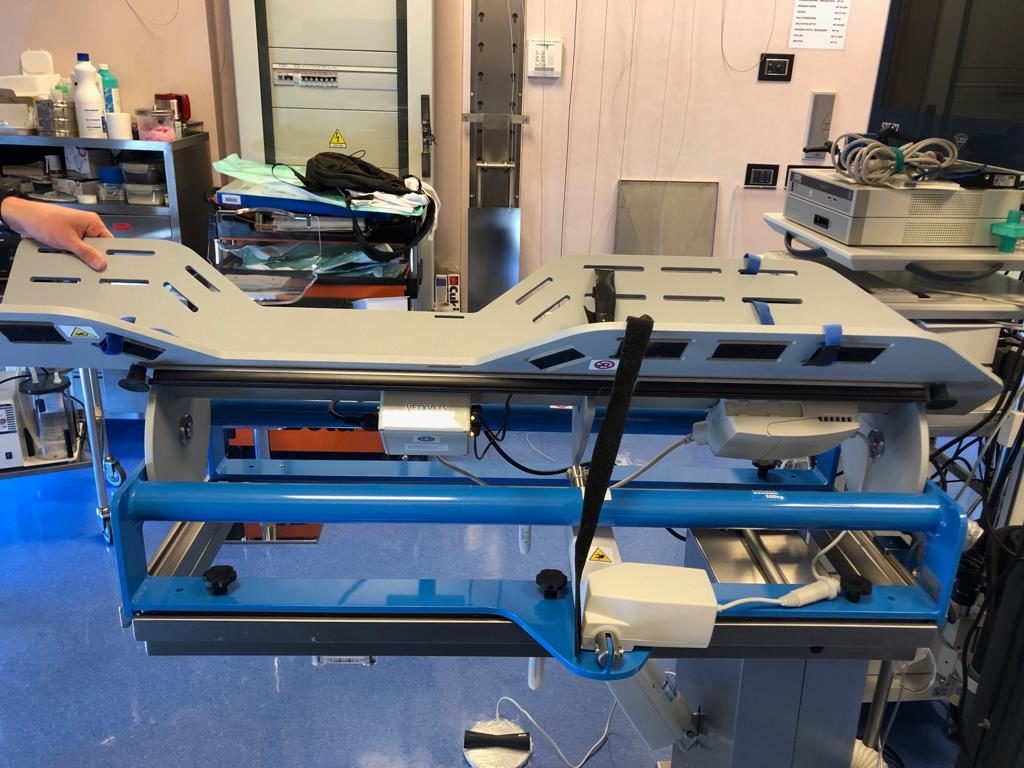
Flat Base
